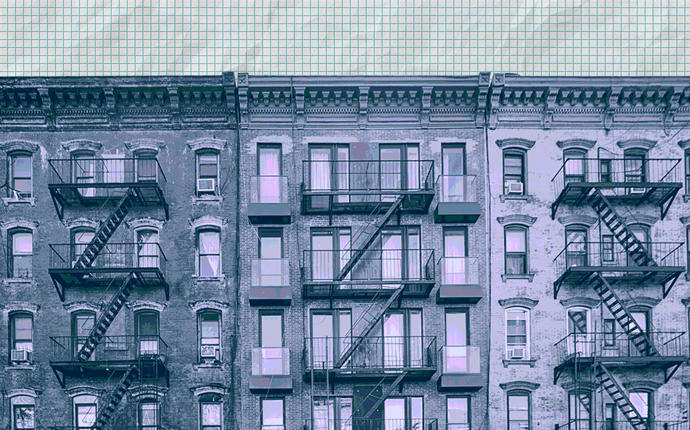With significant changes to state rent-regulation laws looming, one landlord group is pushing for 3 to 7.5 percent increases to one-year leases and 4.7 to 9.25 percent for two-year leases when the city’s Rent Guidelines Board votes on June 25.
The Rent Stabilization Association’s Vito Signorile testified at an RGB hearing on Thursday, which featured speakers representing both tenants and landlords, that such ranges were supported by RGB’s own research. Signorile, and other landlord representatives, warned that with proposed changes in Albany, which include getting rid of programs that allow landlords to increase rents when units are vacated and when renovations are done to their buildings, make the need for rent increases even more dire this year.
Signorile said that the increases during the de Blasio administration — which have ranged from zero to 1.5 percent on one-year leases — would “jeopardize the economic underpinnings of our rental stock if allowed to continue.” The Real Estate Board of New York’s Paimaan Lodhi warned that RGB would need to increase rents by 7.5 percent in order to make up for the drop in funding streams that would result from the rent-regulation reform proposals if approved.
When asked by the board if they believed there was a housing crisis in the city, the RSA, REBNY and Community Housing Improvement Program representatives paused and looked at each other. They then answered yes but had a few caveats. CHIP’s Joseph Condon said his organization is “willing to explore reasonable policy solutions to ensure housing is affordable to low- and moderate-income families” but said those policies aren’t up to the RGB.
“This board is not the proper place for the discussion,” he said. “This year our members ask that this burden be placed where it lawfully belongs, on the purse of the state and city governments.”
The groups argued that reports released by the RGB detailing net operating incomes of rent-stabilized buildings don’t take into account debt service, certain maintenance bills and other costs faced by landlords. The reports also don’t include rent-stabilized buildings with fewer than 10 units, which the groups argued meant the properties most in need of investment and repair weren’t being considered. One of the reports states that NOI increased .4 percent from 2016 to 2017, marking the 13th consecutive year that landlords saw an uptick. (Though in the same report, the board provided a conflicting analysis that showed a 5 percent decline in NOI in 2017.)
Tim Collins, a partner with Collins, Dobkin & Miller and former RGB executive director, urged the board to call upon the city’s Department of Finance to conduct a new audit of landlord’s reported costs, since the last one was conducted in 1992. The audit, which surveyed the revenues and expenses of 46 rent stabilized properties, found that landlords inflated costs by 8 percent. The RGB still uses that percentage to estimate costs.
“The great invisible elephant in this room is that owners know damn well how much money they are making, and they won’t disclose it,” he said. “For every owner who tells you they are losing money, well, put up or shut up.”
Collins said that if the Department of Finance doesn’t agree to conduct the audits, the board call on the state housing regulator, the Division of Homes and Community Renewal, to subpoena the financial information. He said there’s “no reason the board shouldn’t freeze rents.”
Executive Director Andrew McLaughlin later noted that in recent years, the Department of Finance has made changes to reporting requirements to better reflect landlord costs.
Anne Cunningham, a rent-stabilized tenant living on in a hotel on the Upper West Side, sat in the audience for the entire six-plus hour hearing, wearing a pink hat with “I’m a tenant, and I vote!” written across the front. The 83-year-old noted that rent increases are particularly harmful to those, like herself, living on a fixed income.
“I’m very concerned,” she said. “People are not employed, and there are many seniors like myself on very limited income.”
